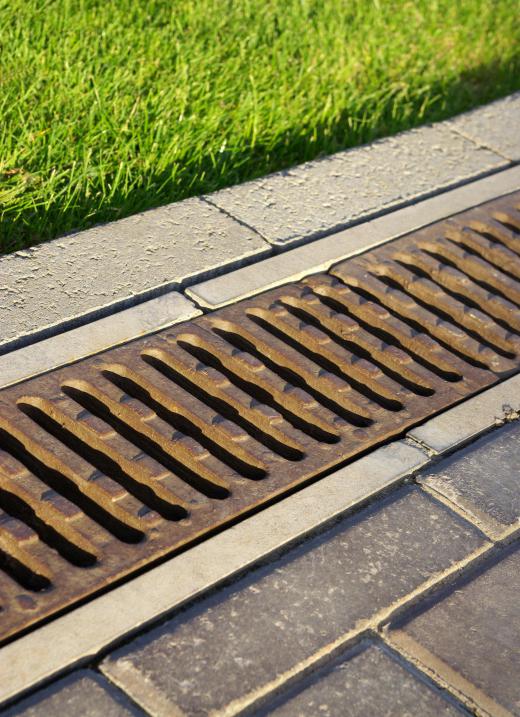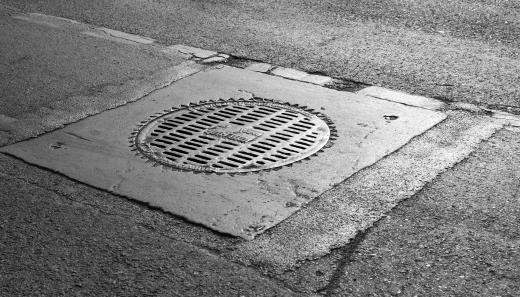A sanitary sewer is a type of sewer design that provides an enclosed and underground system designed to carry various types of sewage away from domestic and industrial locations. This type of system often works in tandem with other systems like storm drains that provide a means of eliminating excess water from city streets. Since the 20th century, a sanitary sewer system has often been constructed to convey the sewage to some type of purification or recycling facility. The actual percentage of raw sewage that is recycled or purified varies from one country to another.
The most common design for a sanitary sewage system involves a series of pipelines that run from buildings into larger underground facilities that are sometimes known as trunk mains. Here, the wastewater can be routed effectively through the system, arriving at a purification plant that is usually operated under the auspices of the local government. In order to maintain the system, access to each area of the trunk mains is provided by carefully placed points of entry that are known as manholes. Manholes often provide access from street level, but may also provide access from one underground compartment to another.

Moving sewage through a sanitary sewer efficiently often depends on carefully designing the layout of the system. As much as possible, designers will rely on gravity to direct the movement of the sewage through the system. Depending on the size and complexity of the sanitary sewer, there is a good chance that pumps will be placed at strategic points throughout the system. These pumps are usually configured so that they can be activated manually, on an automated time schedule, or when sensors indicate that the flow of sewage falls outside what is considered normal and acceptable limits.

While the sanitary sewer is one of the most common of all sewer designs, it is not uncommon for the system to be combined with drainage systems that make it easy to dispose of excess rainwater that may collect on streets. When this is the case, the system is often referred to as a combined sewer. With this design, the drainage system used to collect rain runoff dumps the excess water directly into the trunk mains used by the sanitary sewer system, conveying all the collected liquids, solids, and semi-solids to purification plants. There the waste is disposed of in some manner, with a portion of the collected matter being treated to remove contaminants, making it suitable for reuse in the community. Waste that cannot be purified or recycled in some manner is sometimes conveyed to landfills or disposed of in some other manner that is in accordance with local environmental regulations.

